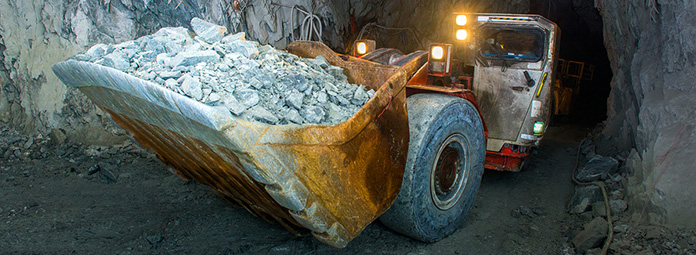
Gold has always been one of the worlds most precious metals. From ancient pharaohs to modern miners, man’s insatiable hunger for this gleaming yellow metal is timeless and universal. It should come as no surprise then just how little gold exists above ground today. In fact, many gold buyers and investors are wondering when gold will peak.
How Rare Is Gold?

All the gold ever mined could be contained in an area about the size of an Olympic swimming pool and would weigh around 200,000 metric tons. 1 More than 90 percent of all the gold in use today derives from mining occurring from the California Gold Rush onward. 2 This illustrates the extreme rarity of the highly valued metal.
Today, approximately 50 percent of the world’s supply of gold is in the form of jewelry and decorations, with another 35 percent held by government central banks and investors. With the growing demand for gold for these and for industrial applications, it is worth understanding how much more gold there is to be found and put to use. 3
Have We Reached Peak Gold?
The irony about gold is that it is quite abundant in the earth and the sea. While no one knows exactly how much gold there is in the planet, estimates go as high as 122 billion metric tons. Of course, that number would excite any gold bug, but the real question is how much gold is reasonably and affordably recoverable. In other words, how much supply is there to meet the growing demand for gold?
When you view the issue from the standpoint of supply and demand, you find yourself talking about the concept of peak gold. In simple terms, the idea of peak gold refers to the point at which gold production reaches it’s greatest possible height and starts inching downwards. The use of the term tells us the supply of retrievable gold has reached the point where annual production will continually decline from that peak year.
That makes the analysis Goldman Sachs released in 2015 of particular interest to everyone involved in the gold market. 4 According to this report, the peak discovery of mineable gold occurred in 1995 at 140 million ounces. Since then, success in finding new sources has fallen significantly, with as little as 10 million ounces identified as mineable in 2013. Importantly, this decline is in the face of significant new technologies and techniques used in exploration.
The Inexorable Law of Supply and Demand
The net impact of this possibility of peak gold is difficult to fully project. As the price of gold steadily increases, it will support even more expensive means of mining and production. At the same time, as more gold demand is created annually, the pressure for more supplies will grow.
The one immutable fact, however, is that if you have gold in your portfolio, you have an asset that is projected to become even rarer and more valuable in the future.

